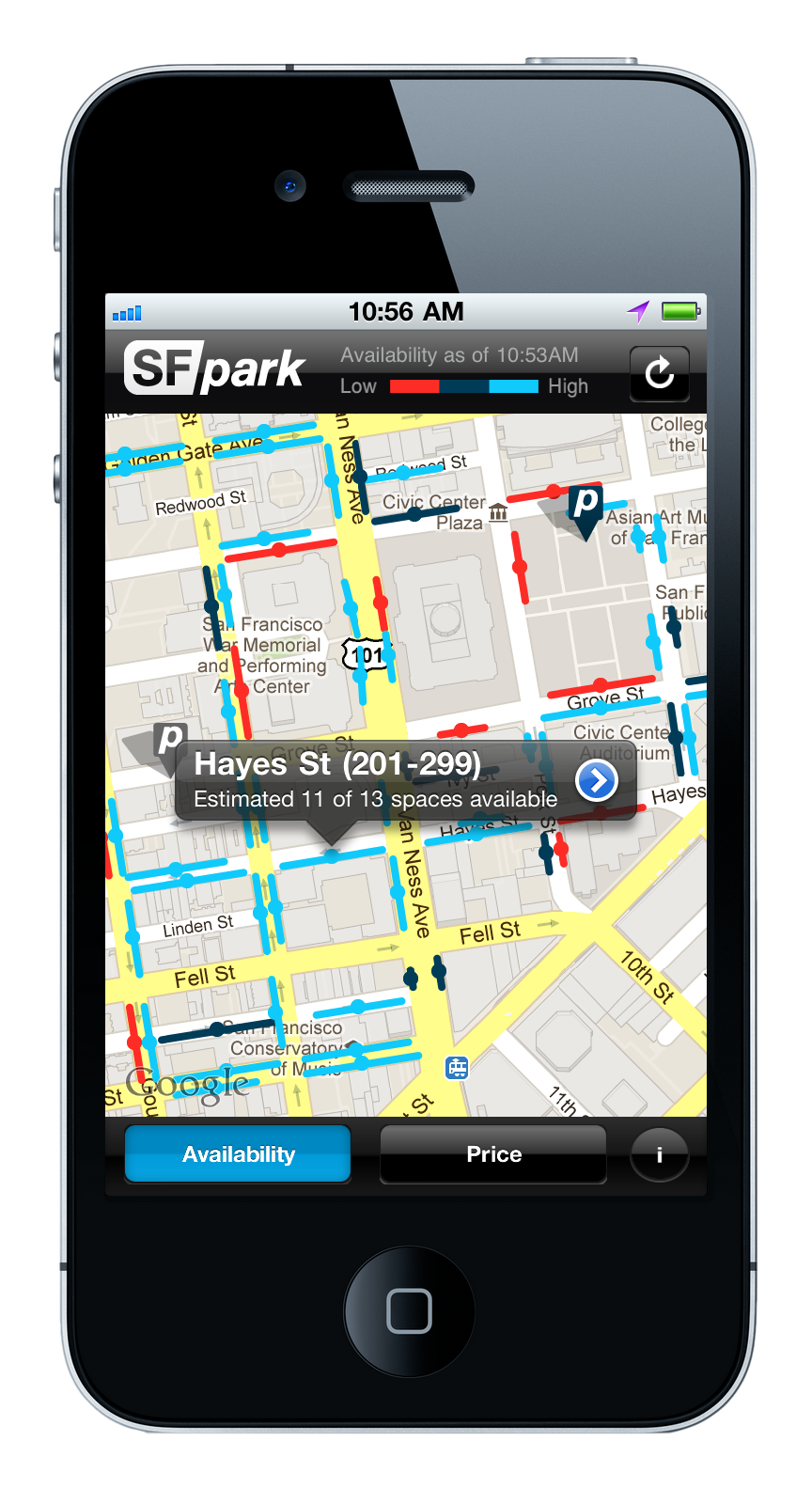Community responds well to changes in parking management
You probably think that it's not possible for the community to love its city council for fundamental changes to its parking management. Well, most of the time, any changes to parking result in hot debate. Not so in San Francisco, where things have gone through a thorough revamp over the last four years. ViaStrada's Axel Wilke went to have a look, and spoke to those in charge.
Most of ViaStrada's clients are local government, and our staff have some 30 years of employment by local government between them. So we fully understand the depth of feeling around parking. Policy documents may say all the right things, but changes can initiate the most intense debate from the commercial sector, the public and retailers. So when Tim Papandreou, Director Strategic Planning & Policy, presented at the 2014 Velo-city Conference in Adelaide about the successes of San Francisco's Municipal Transportation Agency (SFMTA) with their parking management, Axel's interest was stirred. In August 2014, Tim and some of his staff hosted Axel and John Lieswyn. They gave a much more in-depth overview of how they went about the parking management changes, and answered our numerous questions.
SF park was a federally-funded demonstration project, carried out by the SFMTA. It used better information, including real-time data where parking is available, and demand-responsive parking pricing to help make parking easier to find. The primary goal was to make it easier for drivers to find a park. There were a variety of secondary goals, like reducing traffic in search of a car park, removing double parking, lowering greenhouse gas emissions, reducing parking infringements, etc. What surprised them was that on average, parking charges across the city have dropped; only ever so slightly, but they thought that for better management, they would have to increase charges. Time restrictions at parking meters were found to be an ineffective management tool and are mostly gone. They aim for a peak occupancy rate between 60% and 80%, and the main management tool is price, which may vary from block to block, and varies by period of day. They adjust parking rates every six to eight weeks to meet the occupancy target.
Axel and John have published about their experience through an article in The Press. Axel also presented on the topic at the 2018 Transportation Conference in Queenstown.
The staff at ViaStrada understand the principles used in San Francisco. We believe that the system is applicable to New Zealand cities. Should you be interested in discussing its implementation, don't hesitate to contact Axel Wilke.


